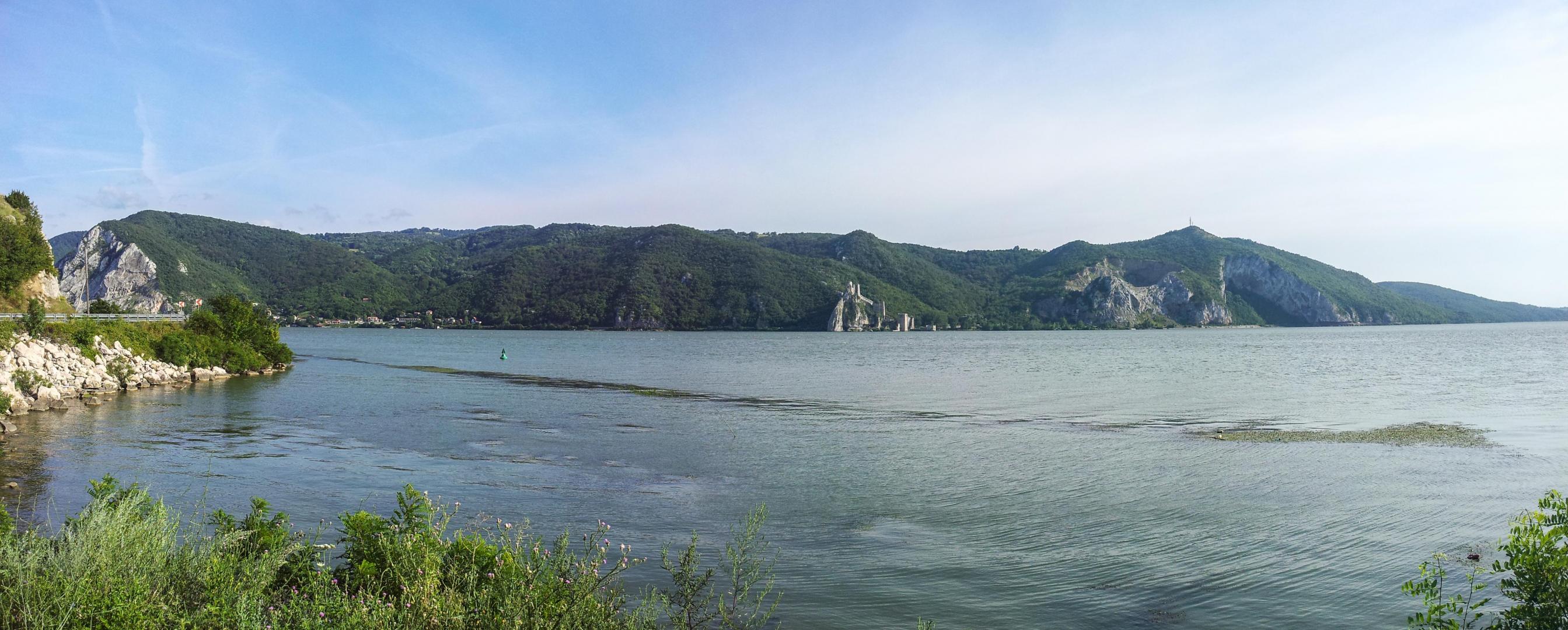
During the Hallstatt period, this location was inhabited and served as an ideal shelter for primitive man. Due to its position, with a strategic entrance overlooking the Danube, in medieval times it was fortified and equipped with cannons, having a small garrison of soldiers. Today, we can still see the fortified structures at the entrance, which were first built in 1460 and later rebuilt several times, remaining in use until around 1880.
The name "Fly Hole" comes from the columbus fly (Simulium colombaschense), a vampire fly that has caused numerous problems for the locals, especially their animals. This fly was present in the area until the construction of the Iron Gates dam, when it lost its habitat and disappeared. This fly used to attack cattle by biting them in areas with thin skin such as nostrils, lips and ears. The bites caused severe inflammation that could lead to suffocation of the animal within hours or days. Small children were also at risk if the fly managed to enter the mouth or trachea. Experts claim that these flies had nothing to do with the cave and that they only thrived in the waters of the Danube before the lake was formed.
There are also legends that try to explain the appearance of the midge in the cave. According to these stories, the fly could have been born from one of the 12 heads of a dragon killed by John George or from the head of a dragon killed by Saint George. Other versions suggest that it could have originated in a stream contaminated with poisonous scorpions, snakes and wasps, or it could have developed in trees or weeds in the vicinity of Golubac.
The cave features an oval-shaped hole with diagonals of approximately 8 and 4 meters, which is mostly blocked by the walls of the medieval fortification. The access gallery is of moderate size and serves as a water course. During the exploration, visitors pass through the Hall of Bats and reach a terminal siphon, an area where water leaks from the walls can be seen.

4 out of 5 stars
based on 0 reviews
If you’ve visited this place, share your thoughts with others
write review